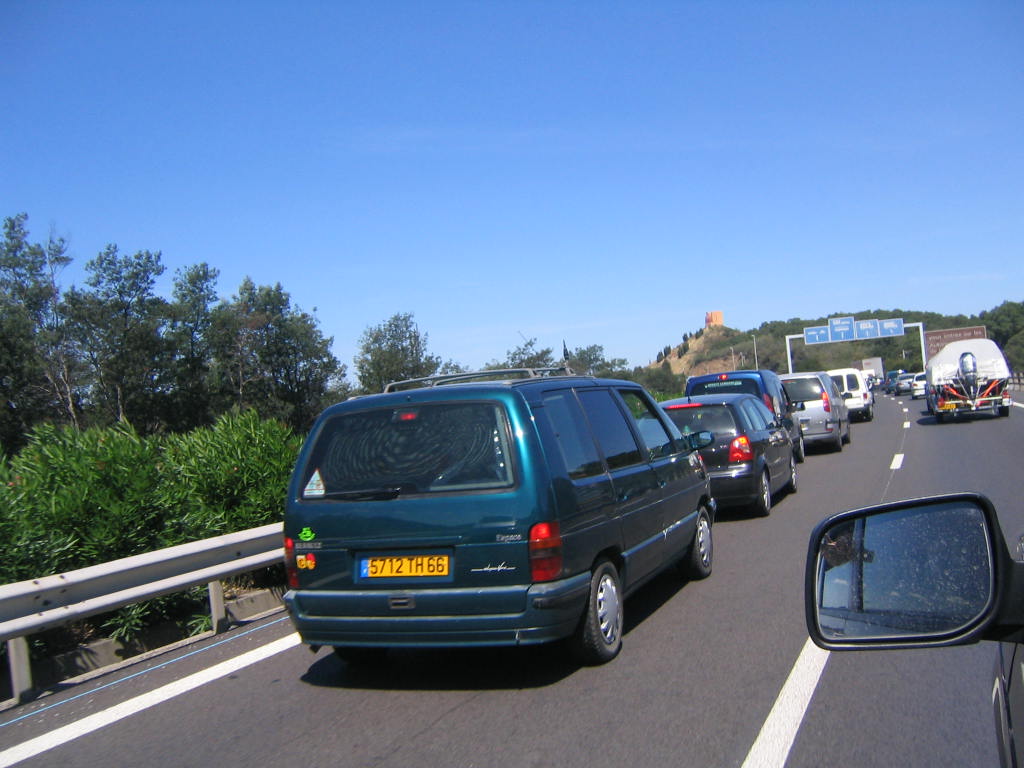Cheaper gas comes at a high price: More driving, more dying, more pollution.
We’re at the peak of the summer driving season, and millions of Americans will be on the road. While gas prices are down from the highs of just a few years ago, there’s still a significant price to be paid.

As the Frontier Group’s Tony Dutzik noted, earlier this month marked the 103rd consecutive week in which gasoline prices were lower than they were in the same week a year previously. Two years ago, the price of gas averaged about $3.75 per gallon. Last week, according to the US Department of Energy, it stood at just under $2.40.
While cheaper gas has been a short run tonic for the economy–lower gas bills mean consumers have more money to spend on other things–the lower price of gas has provoked predictable behavior changes.
We’re driving more, reversing a decade-long trend in which Americans drove less. Ever since the price of gas went from less than $2 a gallon in 2002 to $4 a gallon in 2008, Americans have been driving less and less every year. Vehicle miles traveled per person per day peaked in 2004 at 26.7, and declined steadily through 2013. But in 2014, with the plunge in gas prices, driving started going back up.
Price matters, but driving is still exhibits a relatively low elasticity relative to price. The 39 percent decline in gas prices over the past two years has (so far) produced an increase in driving of about 4 percent.
We’re dying more
Earlier this month the National Highway Traffic Safety Administration reported that highway fatalities rose nearly 8 percent in the past year. While there’s a lot of speculation that distracted driving may contribute to many crashes–though there’s little evidence its associated with the uptick in fatalities–its very clear that more driving is the biggest risk factor in producing more crashes, and more deaths. There’s also some statistical evidence that cheaper gas actually facilitates more driving by more crash-prone drivers, which is consistent with a rise in fatalities that is greater than the increase in the miles driven.
We’re using more energy and polluting more
More driving means more energy consumption, and more pollution as well. Not only are we driving more miles–which burns more fuel, but we’re also buying less efficient vehicles. According to Michael Sivak at the University of Michigan, the sales-weighted average fuel economy of new cars purchased in the US has declined over the past two years from 25.7 miles per gallon to 25.3 miles per gallon.
Each gallon of gasoline burned generates about 20 pounds of carbon emissions, so the increase in driving also means more greenhouse gas emissions.
The bottom line is that prices matter, and many of the key attributes of driving are under-priced. Vehicles don’t pay for the pollution they emit, for their contribution to climate change, or even for the cost of wear and tear on roads. If the price of driving more accurately reflected the costs it imposes on everyone, there’d be less congestion, less pollution, fewer traffic deaths, and we’d save money. The fluctuations in gas prices over the past few years are powerful economic evidence of how this works. Its a lesson we’ve paid for, so it would be good if we learned from it.

